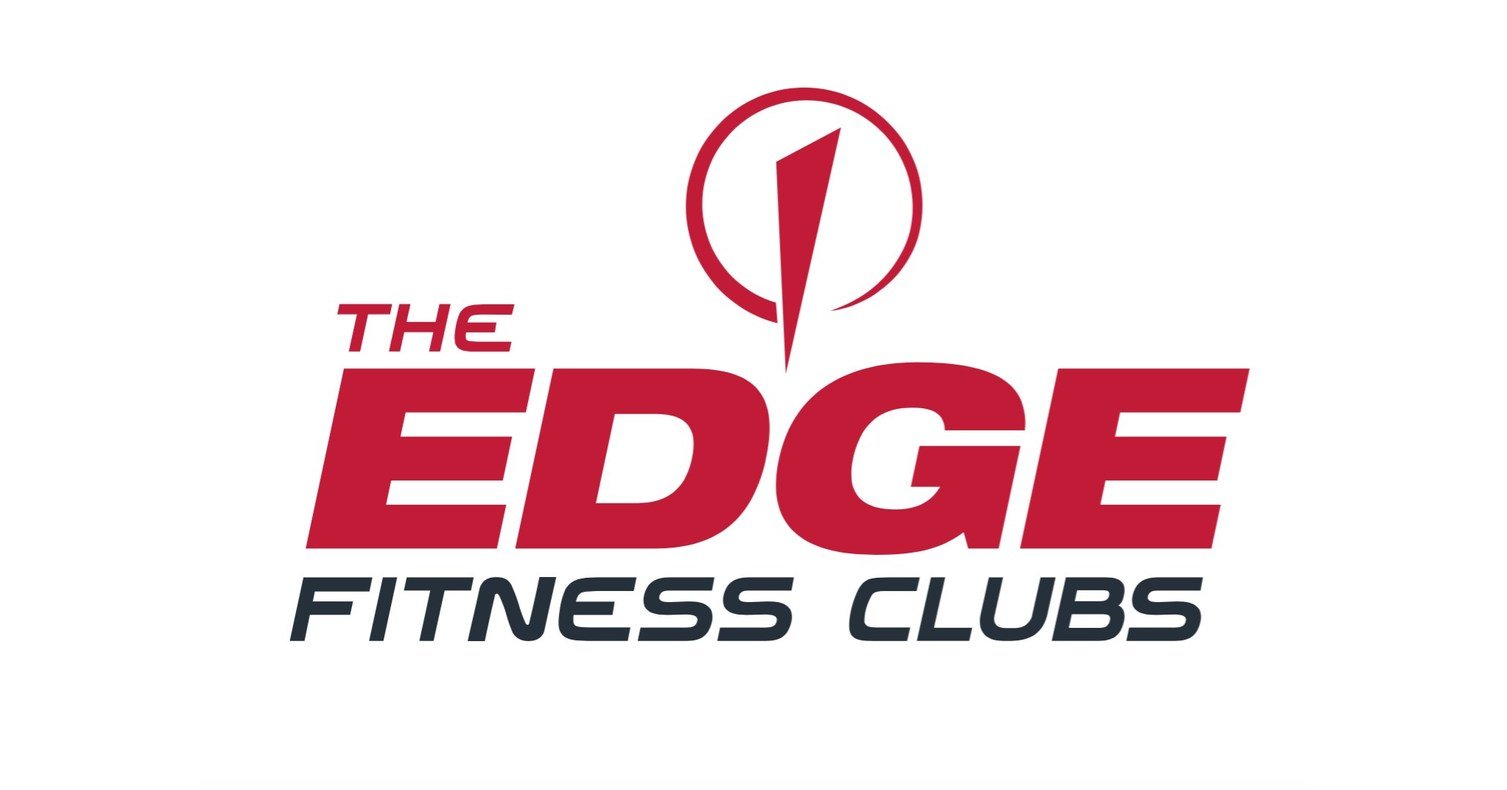Why is financial modeling important?
Financial modeling is about the past, present, and future. Aggregated and analyzed historical data shows businesses not only the current financial health of a business but also an accurate estimate of the organization’s financial future.
The best financial models are developed with financial modeling tools.
What are financial modeling tools? What can they do?
Financial analyst professionals use financial modeling tools to determine a company's value or a project's viability. The primary purpose of the software is to provide an outlook for specific business conditions to maximize profitability and opportunity.
Financial model spreadsheets vs. financial modeling software vs. financial model builders
Financial model spreadsheets: These are usually Excel spreadsheets that have been created from scratch by an FP&A professional.
FP&A teams must manually aggregate, input, and analyze the data to create financial modeling spreadsheets. This is time-consuming and can lead to human error.
Financial modeling software: Financial modeling software or financial model builders are tools that make financial modeling easier, more efficient, and less resource-consuming. They use machine learning and artificial intelligence to automatically pull and analyze data for financial teams.
These tools sharply reduce the risk of user errors. Generated graphs and charts offer instant visuals on patterns and trends to help facilitate decision-making.
7+ best financial modeling software
Accurate and accessible financial models are invaluable to every organization.
So, we’ve done an overview of the best financial modeling software options on the market right now.
Yes—we started with Cube. We’re proud of our software and how it supports our clients’ daily financial operations.
Let’s get started!
1. Cube

Cube is a first-of-its-kind FP&A software platform that allows you to automate, actualize, and control data with the click of a button. Integrated spreadsheets currently in your business model can be transformed into usable data. Financial teams can avoid busy work and focus on analysis and growth.
Automate manual workflows, reduce errors, and improve collaboration so that you can make smarter business decisions quickly.
Cube offers faster time to value (most companies are finished onboarding within two weeks) and is competitively priced.
Key Features:
- Automated data consolidation: Connect data from numerous sources for automated rollups and drilldowns.
- Multi-scenario analysis: Allows you to seamlessly model how changes to key assumptions affect overall outputs.
- Customizable dashboards: Gives you the full ability to build and share customizable dashboards.
- Native Excel and Google Sheets integration: Compatible and bi-directional with any spreadsheet
- Multi-currency support: Evaluate your financials in both your local and reporting currencies.
- User-based controls: User controls, validations, and an audit trail ensure that the correct data goes to the right people at the right time.
- Centralized formulas and KPIs: Store all your calculations in a central location and manage from a single source of truth.
- Drilldown and audit trail: Get straight to the transactions and history behind a single data cell in just one click.
Pros:
- Department leaders can create their own scenarios and forecasts
- Single source of truth for all data
- Works within spreadsheets that you are currently using
- Seamless integrations with spreadsheets (Google and Excel), accounting & finance, HR, ATS, billing & operations, sales & marketing, and business intelligence.
- Saves time by automating menial tasks
Cons:
- Cube doesn't sell to companies outside of the US and Canada at this time—but we're working hard to change that!
Pricing:
- Starting at $1,250/month for lean finance teams and $2,450/month for companies looking to scale. See detailed pricing.

2. Oracle BI

Oracle BI pairs with other Oracle products to deliver visual analytics and calculations for sales, HR, supply chain, and more. The platform combines machine learning and artificial intelligence to data to support decision-making and predictions.
Key Features:
- Provides secure data warehousing to users
- Offers remote storage and server ability
- Includes an at-a-glance dashboard
- Ad-hoc reporting with predictive and profit analysis
Pros:
- Visual reports can be built using a single dataset and delivered to multiple sources
- Use existing PL/SQL code
- Save reports for recurring use
Cons:
- Steep learning curve, especially if a business does not already use Oracle products
- Reports are not as attractive as other BI products
- Support is lacking
Pricing:
While pricing isn’t listed on their site, sources report Oracle offers three plans:
- Smaller Businesses: Price ranges between $10-50 per month for a single account, though it increases to $300-$500 for multiple accounts
- Medium-Sized Businesses: Price ranges between $50-500 for the software, though it varies depending upon needs
- Larger Businesses: Price ranges between $500-$10,000 for the software package, but a single account can be as low as $60
3. Jirav

Jirav works to offer faster and more collaborative financial planning. Users can employ driver-based budgeting models to merge company-wide data, create predictions and forecasts, and facilitate real-time feedback and collaboration.
Key Features:
Pros:
- Pre-built formulas and templates
- Roll forward forecasts and data without spreadsheets
- Customizable dashboards for financial and non-financial data
Cons:
- Steeper learning curve
- The variety in visualizations is limited
- Works best for smaller businesses that can afford a higher price point
Pricing:
- Starter: $500/month
- Pro: $1000/month
- Enterprise: Contact for quote. Best for teams requiring long-range complex planning and premium integrations.

4. Finmark

Finmark helps business plan for growth by building accurate financial models. Finmark is best for smaller businesses and startups seeking guidance in creating hiring plans, fundraising goals, and scenario planning.
Key Features:
- Model customization with multiple scenarios
- Team collaboration on financials
- Visualization options for specific metrics
- Plan for fundraising and budgeting
Pros:
- Improved financial planning and forecasts
- Can search across numerous data points
- Intuitive and easy to use
Cons:
- Limited integrations
- Has a higher learning curve but limited help center
- Is focused on SaaS companies
Pricing:
- Finmark's pricing depends on your company’s annual revenue. If you're making $1 million annually, your price is $100 per month. Conversely, if you’re not yet profitable, the price is $50. On the other side of the spectrum, if your annual revenue is $2.5 million, then the price is $250.
5. Quantrix

Quantrix is an integrated modeling platform that enables users to make decision-making easier. The platform focuses on error-proofing financial data interactions for enterprise-level businesses.
Key Features:
- Timely alert system for any potential errors or miscalculations
- Offers a collaborative cloud modeling system
- Can draft models from included templates
- Provides integrations into other platforms
Pros:
- You can build forecasts and run what-if and multiple-scenario analyses
Cons:
- Few visual depictions of data
- Professionals who are unfamiliar with SQL may have a particularly difficult time learning how to use this software
Pricing:
- While pricing is not available on their website, sources report that it costs upwards of $2,000/year.
6. Synario
.png?width=166&height=35&name=synario-logo%20(1).png)
Synario is a financial modeling app with pre-mapped accounting and integrated financial statements. You can customize their financial models for initial analysis or to create presentations for stakeholders. Synario is cloud-based, so no installation is required.
Key Features:
- Multi-account management with version control
- Financial oversight with profitability analysis
- Income and balance sheets with general ledger
- Asset lifecycle management for users
Pros:
- Adaptable and scalable financial models
- Cloud-based for quick access
Cons:
- Software updates may change the way certain features work
- Steep learning curve
- Changing a model once it’s built can be difficult
Pricing:
- Pricing details aren’t available.
7. IBM Cognos

IBM Cognos is an IBM Watson-powered solution for cleaning, collecting, and analyzing data. It provides automated data prep and exploration, user-generated reports, and data visualizations of current and projected business operations.
Key Features:
- Imports data from spreadsheets and CSV files
- Connects to local or remote databases for reporting
- AI features for data preparation
- Draft dynamic dashboards locally and remotely
Pros:
- Accelerates data prep with artificial intelligence
- Collected on-premise or cloud data
- Uses interactive dashboards for visual presentation
Cons:
- Users report a focus on adding new functionalities instead of improving the existing product
- Reports may have bugs and can be difficult to fix
- Application integrations are restricted
Pricing:
- Cloud use for 1 to 200 users starts at $10 monthly with subscriptions. For more users, you’ll have to contact them for a quote.
More financial modeling platform options
Best financial modeling software for startups
Cube is brilliant financial modeling software for startups and fast-growing SMBs. Businesses expecting and experiencing growth can find scalable models and simplified processes that take the guesswork out of scaling.
Cube offers faster time to value (most companies are finished onboarding within two weeks) and is competitively priced.
Free financial modeling software
It’s possible to create a financial model for free with Google Sheets or Excel. However, paid financial modeling software is a faster, easier, and more efficient solution for gathering and analyzing mass amounts of data.
Most financial modeling tools offer a free trial (usually up to 30 days) that will allow you to test the software before purchasing.
Best financial modeling for Excel
When finance teams attempt to replace their spreadsheets with heavy tech, 81% revert back. They don’t want to have to learn and implement new finance software—they want software that makes their work easier.
That software is Cube.
Cube is the first spreadsheet-native FP&A platform that helps strategic finance teams build multi-scenario plans, track performance, and drive business decisions using the spreadsheets they've come to rely on.
Cube empowers teams to drive better planning and performance without changing how they work by integrating FP&A automation and workflows into the daily tools users live in.
This reduces implementation time so customers can get started with Cube in a matter of days or weeks.

Real estate financial modeling software
While many of the above products work well in the real estate industry, Cube remains a top pick thanks to its ease of use, quick setup, and simple integrations.
Spreadsheet-based information can be plugged into Cube’s software to build reliable, accurate financial models for any real estate business. From superior scenario planning to operating expense planning, Cube has you covered.
In addition to real estate, Cube works great for all industries, including:
- Financial, banking, and investment firms
- Online retail and e-commerce businesses
- Image sharing and hosting services
- Hiring and recruitment companies
Read Cube customer success stories.
Get started with the best financial modeling software
Better, more accurate financial models are invaluable to every organization.
And financial modeling doesn’t have to be a chore if you have the right modeling tools.
The most intuitive financial modeling and FP&A software on the market is Cube. This next-generation platform handles every aspect of integrating, organizing, and managing financial data.
Cube makes performing complex analyses easy and helps provide a clear understanding of the financial health of your business.







.png)





![7 of the best financial modeling software [for 2024]](https://www.cubesoftware.com/hubfs/Financial%20Modeling%20Software%20%281%29.png)





